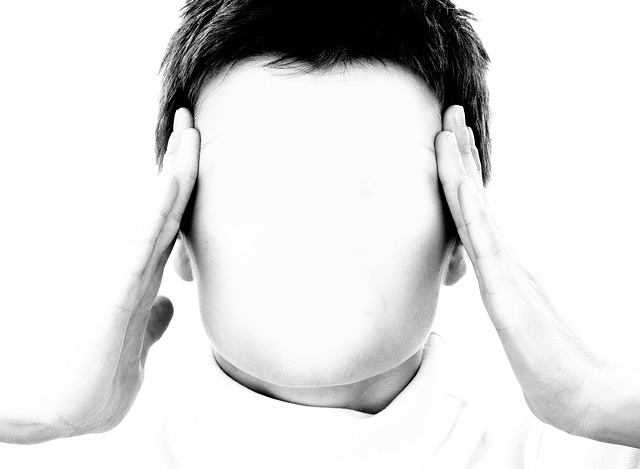Are Rx Opioids Scapegoats for the Opioid Crisis?
/By Dr. Lynn Webster, PNN Columnist
The Washington Post recently published a series of stories about the volume of opioid medication distributed over the past several years in the United States. Over 76 billion pills were distributed from 2002 through 2012.
That sounds like a huge amount, but it is difficult to know what the number means. What is clear is that the stories are meant to suggest the number of pills is excessive and responsible for the rise in opioid overdose deaths.
This presumed correlation is one reason for the recent lawsuits that have been filed against opioid manufacturers and distributors. It has also spawned policies that appear to have worsened, not prevented, overdoses.
Though the situation has been framed largely as a prescribing problem, the reasons for the drug crisis are many. While overprescribing has certainly been a factor, it is probably less important than other factors, such as joblessness, homelessness and despair, which are more challenging to address.
Let’s look at the data about the relationship between opioid prescriptions and overdose death rates. The number of opioid prescriptions in the United States peaked in 2012 and began a steady decline. By 2017, they reached a 15-year low.
Despite the decline in the number of opioids prescribed, overdoses from all opioids – both legal and illegal -- continued to increase. Overdoses involving prescription opioids represent only about 25% of the total number of drug overdoses.
Obviously, something more than the supply of prescription opioids is driving overdoses higher.
No Correlation Between Opioid Prescriptions and Overdoses
After winning a year-long court battle with the Justice Department, the Post and HD Media, publisher of the Charleston Gazette-Mail in West Virginia, were able to access data from the DEA’s Automation of Reports and Consolidated Orders System (ARCOS).
The information in the database shows that, between 2006 and 2012, West Virginia received the largest per capita amount of prescription opioids. The state also experienced the highest opioid-related death rate during that period. Is there a correlation?
Kentucky also had a high number of pills and a high death rate, but as Jacob Sullum recently reported in Reason, Kentucky’s death rate in 2017 was actually lower than Maryland’s and Utah’s, where prescription rates are substantially lower. He also pointed out that although Oregon’s prescription rate was among the highest in the country, the rate of deaths involving pain pills in Oregon was just 3.5 per 100,000, lower than the rates in most states.
Sullum further showed that Kentucky, Nevada, Oklahoma, Oregon, South Carolina and Tennessee were among the 10 states with the highest per capita prescribed pills during the 2006-2012 period. But they were not the states with the highest overdose rates.
In a separate analysis, the CDC and Agency for Healthcare Research Quality found no correlation -- not even a weak one -- between opioid prescribing rates and overdoses when comparing data from each state.
In addition, the rate of opioid prescribing is highest nationally for people 55 years and older, but that age group has the lowest rate.
This lack of correlation between opioid overdoses and the volume of prescribed opioids is consistent internationally. In 2016, England prescribed the most opioids and saw the most overdose deaths in its history. However, the drug responsible for many of those deaths was heroin, not prescription opioids.
There is a raging opioid crisis in West Africa where, despite a low prescription rate, the number of overdoses has surged.
In 2018, Scotland's drug overdose rate exceeded that of the United States -- largely because of heroin. There is no evidence of an overall increase in opioid prescribing in Scotland.
No Simple Answers to the Opioid Crisis
It is clear that the data does not support a simple answer to the opioid crisis. Focusing all of our efforts on decreasing the supply of prescriptions will not solve the problem and is already creating unintended consequences.
In fact, cocaine and methamphetamine were involved in more overdose deaths in the U.S. in 2018 than prescription opioids. As the supply of prescription opioids has decreased due to the policies of the last few years, people have moved from prescription opioids to other illicit drugs.
The solution to the opioid crisis must be multi-pronged. Overprescribing played a role in causing the crisis, but sociological factors appear to have driven the demand. We must consider what prompts people to turn to drugs in despair. A recent study published in SSM-Population shows job loss bears a significant correlation to opioid-caused deaths.
In addition, in the Proceedings of the National Academy of Sciences, Princeton University economists Anne Case and Angus Deaton (recipient of the 2015 Nobel prize in economics) showed mortality from substance use was linked to declining economic opportunity and financial insecurity.
Solving the drug crisis will not be easy. However, the disenfranchised members of our most impoverished communities deserve viable solutions to their problems. It is crucial to understand the degree to which job loss and hopelessness contribute to the drug problem.
Reputable data proves that the volume of opioids prescribed is not solely, or even primarily, responsible for the opioid crisis. Let’s focus on what is responsible.
Lynn R. Webster, MD, is a vice president of scientific affairs for PRA Health Sciences and consults with the pharmaceutical industry. He is author of the award-winning book, “The Painful Truth” and co-producer of the documentary, “It Hurts Until You Die.”
The information in this column should not be considered as professional medical advice, diagnosis or treatment. It is for informational purposes only and represents the author’s opinions alone. It does not inherently express or reflect the views, opinions and/or positions of Pain News Network.


































